In this late fall edition of People and Plants we’ll take a look at an early American female botanist, Martha Daniell Logan.

She was born in 1704 in St. Thomas Parish, South Carolina, the second child of Robert Daniell and his second wife Martha Wainwright. After her father died in 1718 she inherited his land along the Wando River. In 1719, Martha married George Logan, Jr. and they lived on the Wando River, ten miles from Charleston, where both the Daniell and the Logan families owned extensive property. Over the next sixteen years, she gave birth to eight children, six surviving to adulthood. In 1750 the family moved to a plantation near Charleston. Needing to enhance the family income she advertised her services as a teacher but her attention gradually shifted to horticulture. She began her botanical career collecting in the woods near her home.
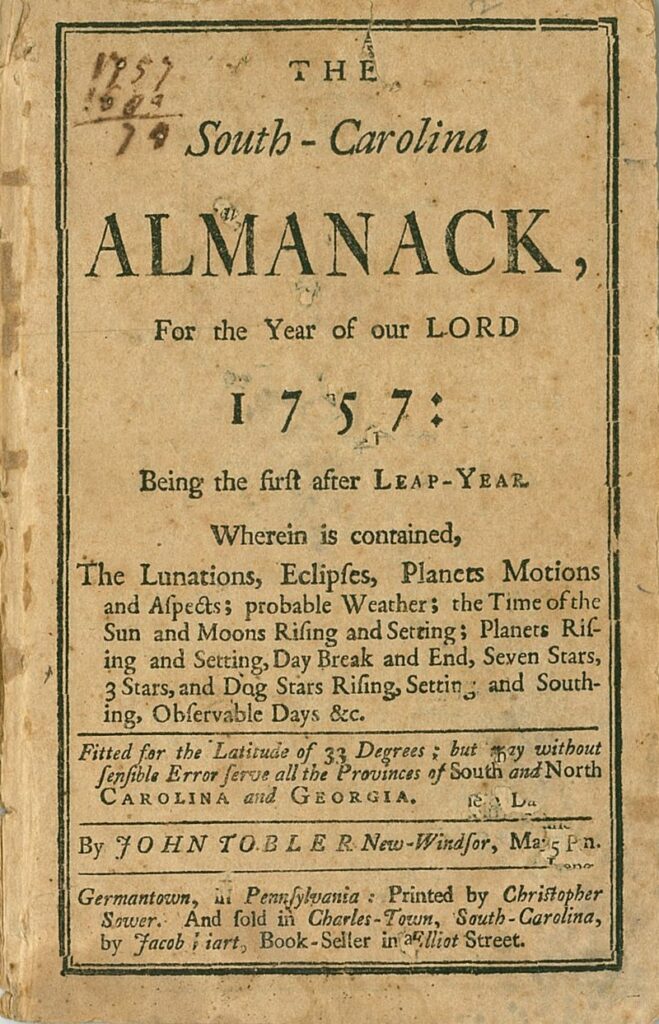
Martha soon gained the reputation of a skilled gardener and maintained a well-known garden “on the Green, near Trott’s Point in Charles Town.” Gardening became her focus and occupation and she embarked on a career as a “purveyor of botanical goods,” selling seeds and plants from her home.
In addition to native plants, she dealt in imported specimens. Gardening, especially landscaping with rare plants, had become a favored pastime among wealthy locals and Martha was quick to capitalize on this. An advertisement published in the Gazette on November 12, 1753, announced the availability of “a parcel of very good seeds, flower roots, and fruit stones of several kinds” that were “just imported from London.”
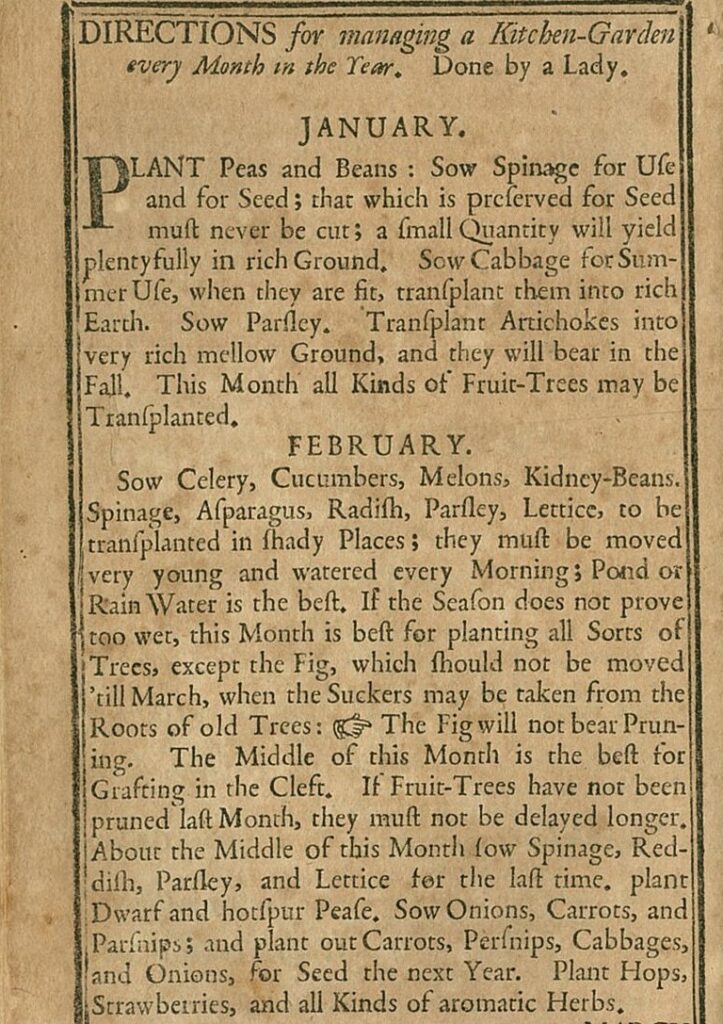
She exchanged seeds, roots, and plants, like gardeners do, with other botanical enthusiasts including the naturalist John Bartram. His visit in 1760 initiated a three year correspondence and trade of specimens. They swapped lists of available plants and used silk bags to send seeds to each other. They also exchanged lists of plants that each desired from the other’s geographical area. Logan enthusiastically sent Bartram plants from Carolina which “may be New to you” and “be an adision [addition] to yr Collection.” In return, she asked him to send bulbs and double-flowering plants that her London contacts had failed to procure or took too long to send. She shipped and received tubs of cuttings and roots on ships traveling between Charleston and Philadelphia, where Bartram lived. Bartram praised her in a letter to a London friend and wrote, “Mrs. Logan’s garden is her delight and she has a fine one.”
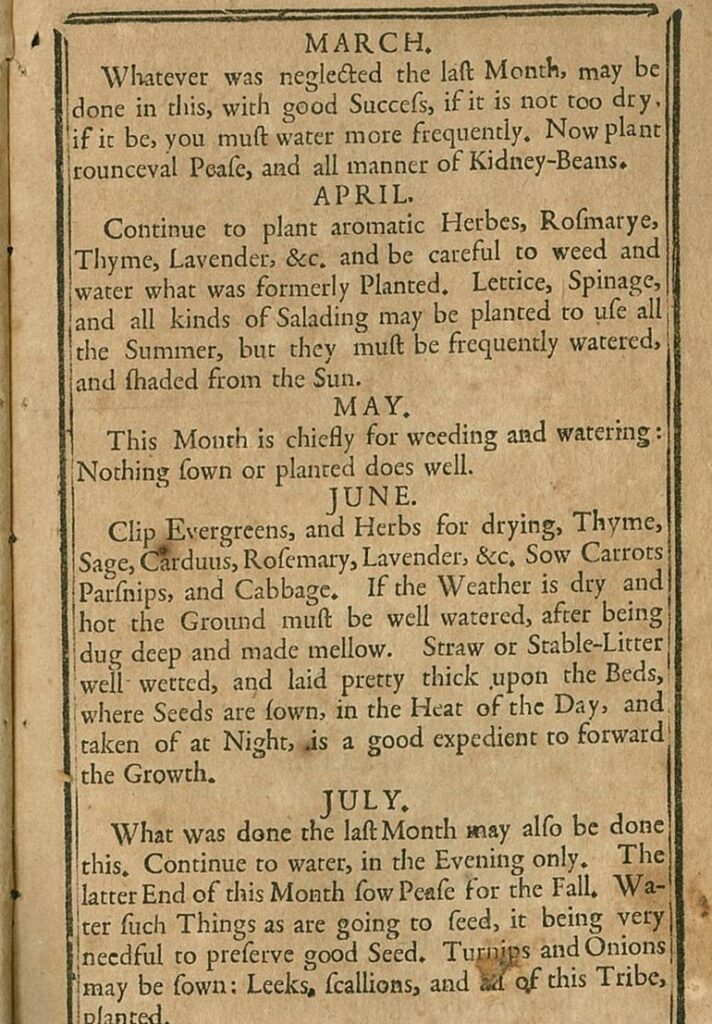
With the popularity of urban gardening on the rise Martha realized that many people needed help and guidance with their horticultural endeavors. In 1752 her first advice column titled “Gardners Kalander [sic], done by a Lady of this Province, and esteemed a very good one.” appeared in the South Carolina Almanack. Her first publication was so successful she continued to publish her calendar, updating and enlarging it each year.
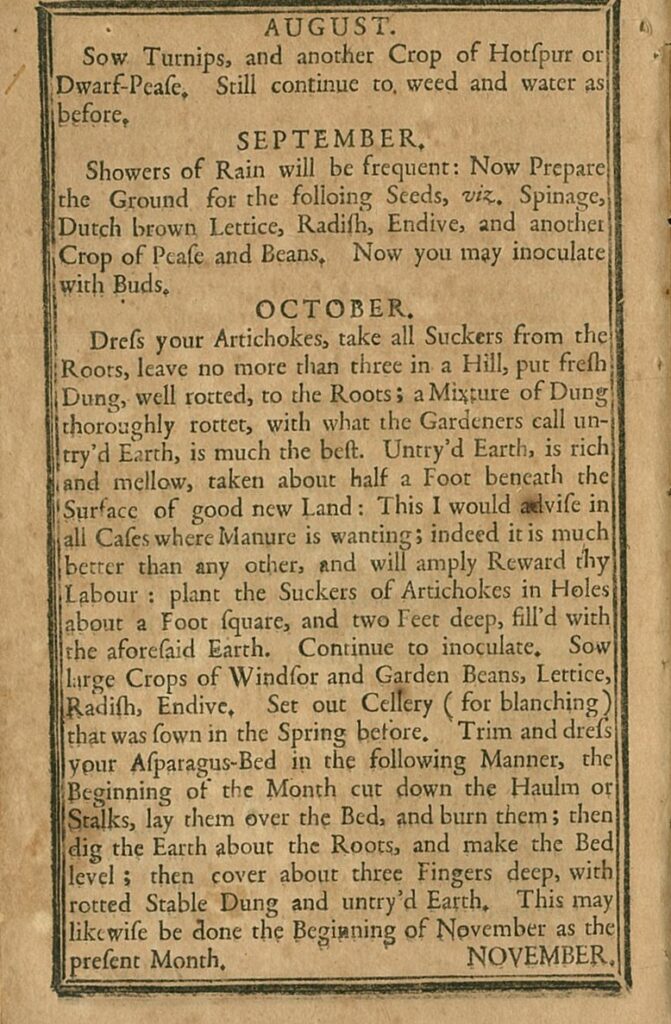
Martha continued her business, what we nowadays would call a garden center, for the rest of her life. She even wrote a treatise on gardening at the age of seventy. In 1809 the early Charleston historian David Ramsay described her as “a great florist, and uncommonly fond of a garden,” and claimed she “reduced the knowledge she had acquired by long experience, and observation, to a regular system which . . . to this day regulates the practice of gardens in and around Charleston.”
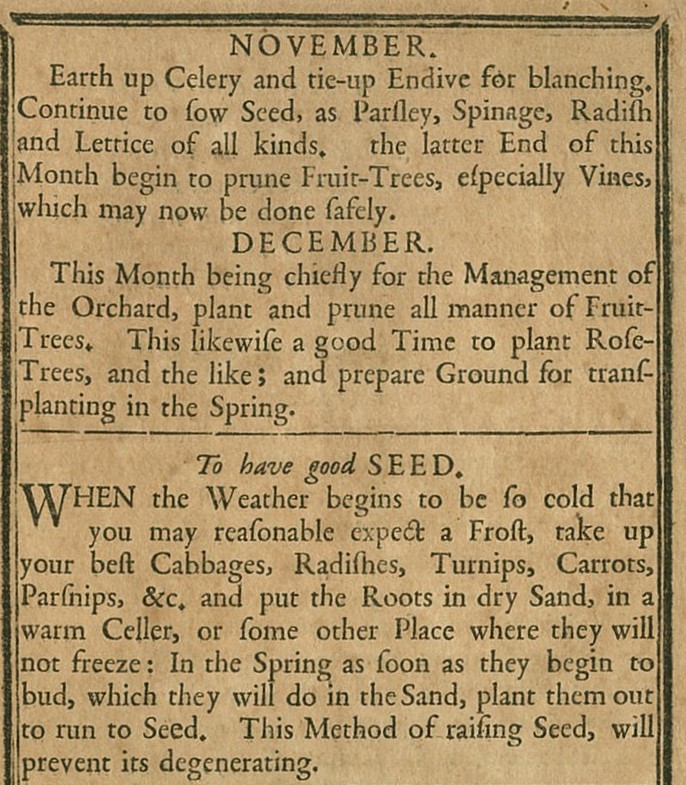
Martha died in Charleston on June 28, 1779, and was buried in St. Philip’s Churchyard. She is considered one of the founding gardeners of South Carolina.
Read back through the pages of her 1757 Gardener’s Kalendar shared above. In your opinion, how much of it is still applicable? One bit of her advice that is always appreciated: “What was neglected last month may be successfully done in this.”
I love these posts – combining two of my favorite things – history and gardening. I don’t have an asparagus bed anymore but I thought that advice was very interesting – I guess the ashes of the stalks are to raise the pH, I looked it up and Charleston does have acidic soil! “This likewife a good Time” to most definitely follow her lead and start writing it “spinage.”